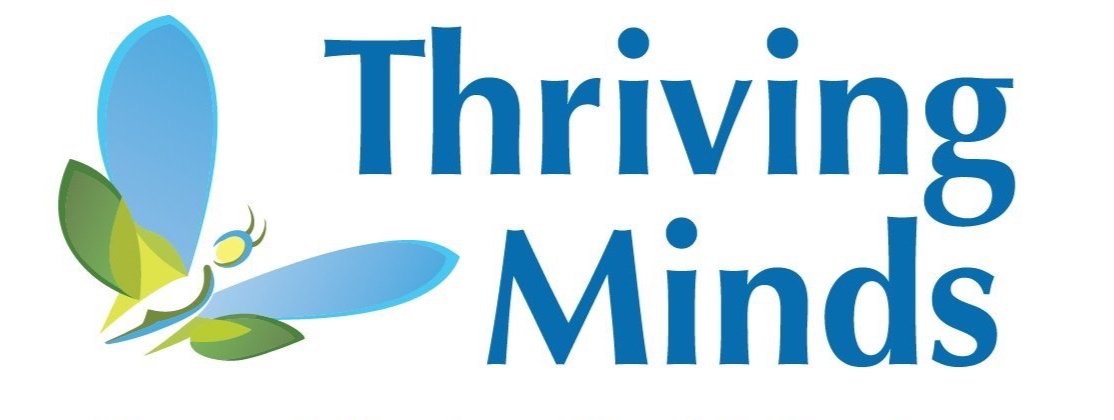Unpacking the Inhibitory Learning Model
If you work with children and adolescents struggling with anxiety disorders, you know how crucial it is to keep refining your approach to treatment. Today, we want to highlight the Inhibitory Learning Model (ILM) — an evidence-based framework that offers a nuanced understanding of exposure therapy and its effectiveness.
What is the Inhibitory Learning Model?
Traditionally, exposure therapy has been viewed through the lens of fear extinction, where the goal is to reduce a young person’s fear response over repeated exposure to a feared stimulus. For example, exposing a client who has a specific phobia of dogs through pictures, videos, and hands-on interactions until the client no longer reports high levels of anxiety when encountering dogs. Historically, exposure with response prevention has been implemented under the assumption that we can extinguish the fear through habituation, or getting used to the previously feared stimulus until it does not create the big emotional response. However, the research has not always supported this perspective on why ERP is effective. Enter the Inhibitory Learning Model — a paradigm shift that focuses on helping clients develop new, non-fear-based associations with anxiety-provoking stimuli.
Instead of erasing fear memories, the ILM suggests that therapy helps to build and reinforce new, competing memories. These "inhibitory" memories compete with the memories that lead to fear when the client encounters similar situations in the future. This means that instead of the message of being afraid getting delivered, the child gets the message of “The last time I encountered this, I learned…” It’s not about erasing fear; it’s about teaching the brain new ways to respond.
Traditional Exposure vs. ILM in Practice
Imagine a child with a fear of dogs:
Traditional Exposure Therapy: The child is gradually exposed to a dog while the therapist focuses on reducing their fear over time. For example, they may start by looking at pictures of dogs, then watching a dog from a distance, and eventually petting one. The goal is to desensitize the child to the fear stimulus.
ILM-Based Exposure Therapy: Instead of prioritizing fear reduction, the therapist helps the child learn new associations with dogs. The therapist might encourage the child to notice how the dog’s behavior doesn’t align with their fear (e.g., "The dog wagged its tail and stayed calm"). Exposures are varied, such as interacting with different breeds or encountering dogs in various settings, to strengthen inhibitory learning. The focus is on building resilience and understanding, not just reducing anxiety.
What does this mean for treatment?
Here are some practical takeaways for applying the ILM when working with children and adolescents:
Emphasize Learning Over Habituation
Encourage young clients to focus less on immediate fear reduction and more on what they are learning during exposures. Questions like, “What did you notice?” or “What did this teach you about your fear?” can be transformative.Vary the Exposure Context
Conduct exposures in different settings such as home, school, or social environments, and under varying conditions. This helps clients generalize their new, non-fear-based associations and reduces the risk of context-specific learning.Expect and Embrace Spikes in Anxiety
Remind children and teens that feeling anxious during exposure isn’t a sign of failure. The goal is to tolerate and learn from the anxiety, not avoid it.Surprise the System
Incorporate unexpected elements into exposures, like gamified challenges or playful surprises, to make the process engaging for younger clients. Research suggests that surprising events can enhance learning and make the inhibitory memories more robust.Revisit Past Fears
Periodically reintroduce previously mastered exposures to strengthen inhibitory learning and reduce the likelihood of relapse.
Why ILM Matters
By shifting the focus from fear reduction to learning, the ILM encourages therapists to take a more flexible and individualized approach to exposure therapy. This can lead to better outcomes and a more empowered client experience.
As therapists and educators, understanding the nuances of the Inhibitory Learning Model not only enhances our practice but also deepens our ability to foster long-term change in those we support.
Have you integrated ILM principles into your work?
Looking to Learn More?
Thriving Minds offers a variety of training opportunities for professionals to continue to develop their exposure skills. Consider this Advanced Exposure Techniques and Troubleshooting webinar, in which Dr. Becky Thomson discusses how you can use the ILM, increase buy-in, troubleshoot problems in exposures, and become more creative in your exposure ideas.
Bring Thriving Minds to You!
Whether you are looking for new and engaging training opportunities for your staff, or feel it is time for a refresher in best practices, Thriving Minds’ psychologists can offer something that is right for you! Through interactive, informative, and engaging professional development content, our experts are prepared to guide you through a variety of topics. To learn more about training and workshop opportunities, click here.

